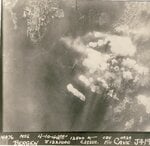wuzak
Captain
Very tough airframe after looking at pictures and havent seen most of those before
The Manchester, from which the Lancaster was developed, was designed to be launched by catapult at maximum take-off weight. That would probably account for the strength in the Lancaster's airframe.

